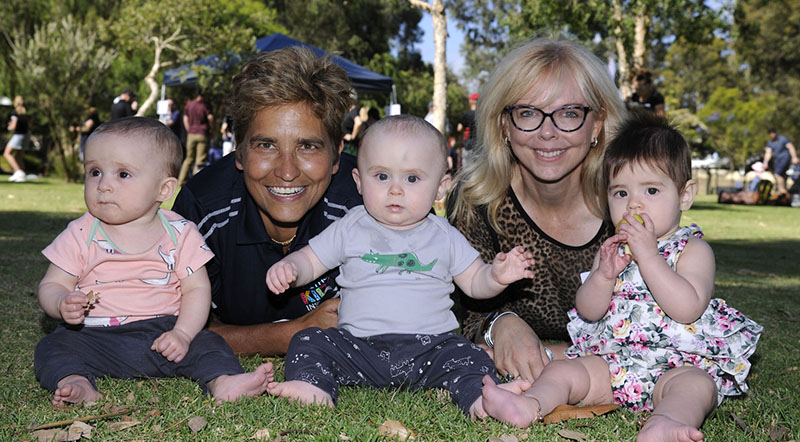Search

News & Events
What’s in the air for AERIAL: ORIGINS Study publishes protocolORIGINS Study publishes protocol

News & Events
New Study ‘Plugs’ Digital Intervention for Perinatal Mental HealthNew Study ‘Plugs’ Digital Intervention for Perinatal Mental Health


News & Events
Virtually More ConvenientORIGINS is now offering telehealth appointments for the paediatric assessment at the one- and three-year timepoints
News & Events
The ORIGINS Project on Channel 7 NewsCheck out Ch 7 News feature on The ORIGINS Project here

News & Events
$26M Kids BonusPrime Minister Malcolm Turnbull last night pledged at Telethon to fund a landmark $26 million health study that will follow the early lives of 10,000 WA children.

News & Events
50 years of magic and funCelebrating 50 years of collaboration between Telethon and ORIGINS.

News & Events
Landmark $26m child health study eyes Wanneroo-Joondalup mums and dadsThe Federal Government has joined with the Paul Ramsay Foundation to fund the project, with each pledging $13 million over 10 years.

News & Events
Perth kids’ exposure to technology under microscopeThe link between increasing anxiety among young children and too much screen time at the expense of “nature time” will be the focus of a new Perth study.
